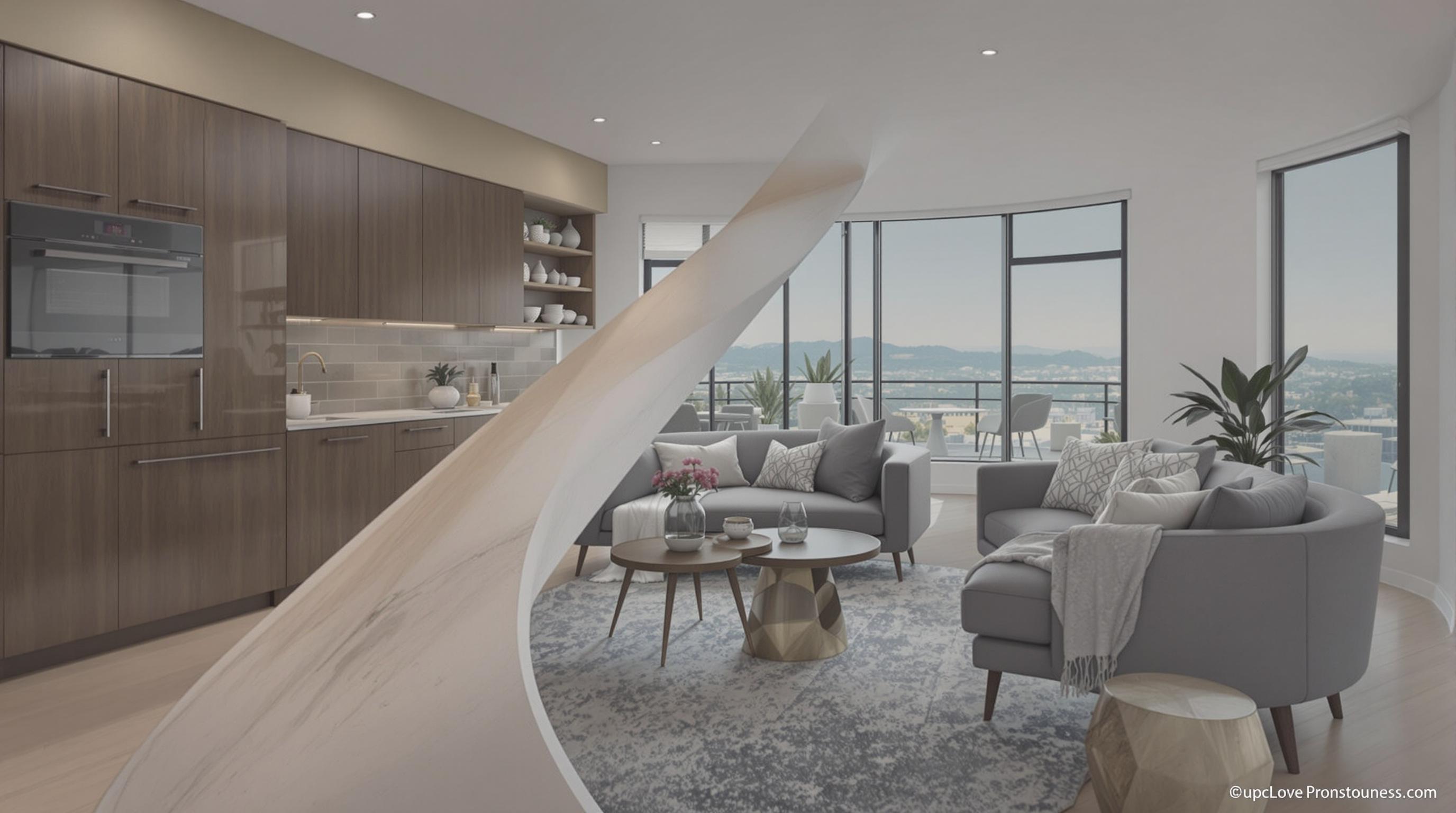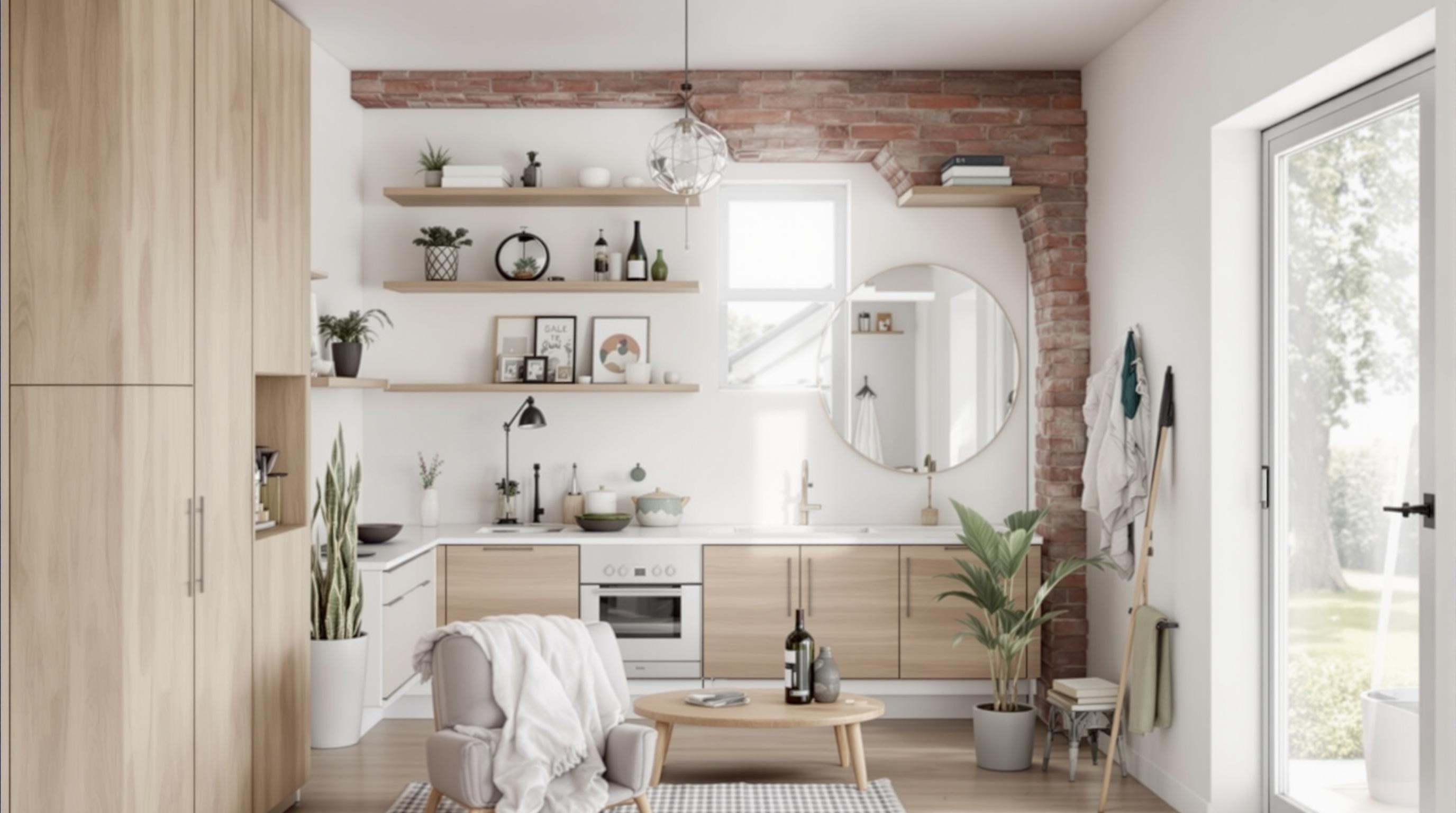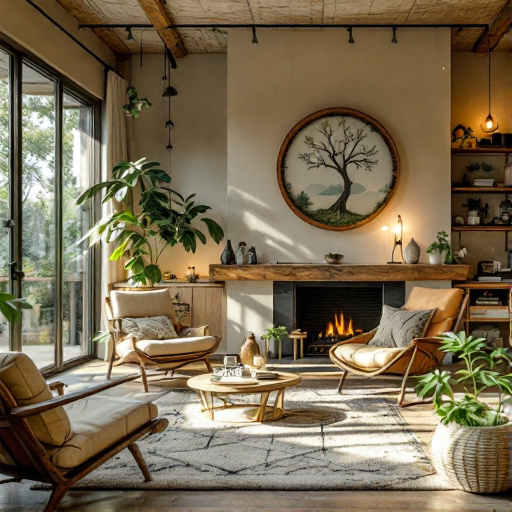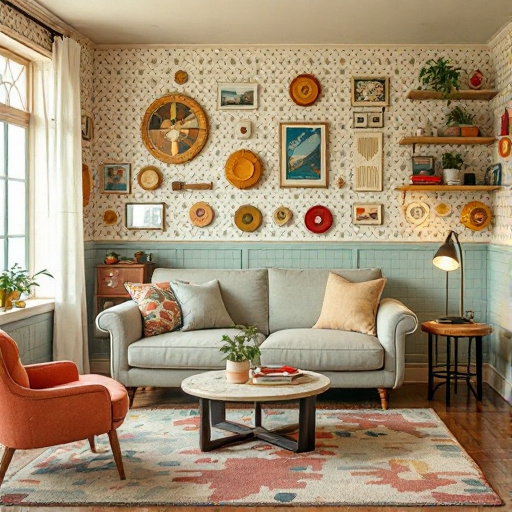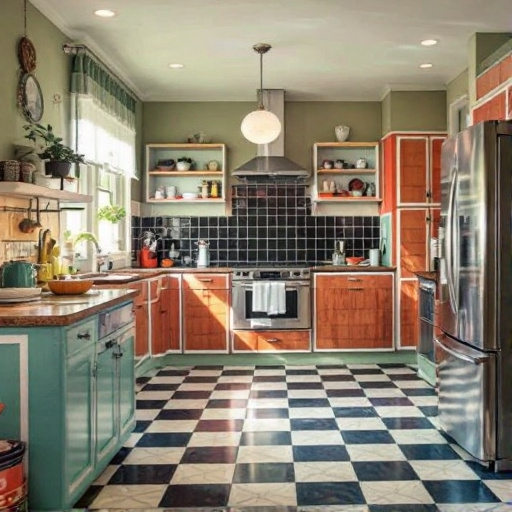Featured Articles
- Rethinking Space: How Biophilic Design in Home Remodeling Connects Us to Nature and Wellness
- Revamping with Resilience: How Home Remodeling Can Boost Your Mental Health and Well-Being
- Reviving Retro: How Nostalgia is Shaping Our Modern Home Remodeling Choices
- "Reviving Retro: How Vintage Decor is Shaping Modern Home Remodeling Trends"
- The Rise of Biophilic Design: How Integrating Nature into Home Remodeling Can Boost Your Well-Being
Rethinking Space: How Biophilic Design in Home Remodeling Connects Us to Nature and Wellness
Rethinking Space: How Biophilic Design in Home Remodeling Connects Us to Nature and Wellness
In our increasingly urbanized world, biophilic design is revolutionizing home remodeling by harmonizing living spaces with the natural environment. This approach not only enhances aesthetic appeal but also fosters mental well-being and physical wellness.
Reconnecting with Nature
Imagine waking up to the sound of birds chirping and natural light pouring through your window, a gentle reminder that you are part of something bigger. Biophilic design bridges the gap between our indoor environments and the great outdoors, encouraging a healthier physical and emotional outlook on life. As reported by the World Health Organization, up to 90% of our lives are spent indoors, making the quality of our interior environment critical to our overall health and productivity.1
What is Biophilic Design?
In simple terms, biophilic design integrates natural elements into architectural and interior design. This can include anything from large windows that provide views of greenery, to organic materials like wood and stone, and even indoor plants that purify the air. The key is to create spaces that feel alive and stimulating, as opposed to sterile and disconnected.
Case Study: The Biophilic Home Makeover
A great example of biophilic design in action is the McGowan family home in Portland, Oregon. After a successful remodeling project spearheaded by architect Paul Thompson, the home now boasts a living wall filled with diverse plant species, solar panels that harness natural energy, and a transparent roof that allows sunlight to bathe the interior.2 Not only has the family reported feeling more at peace, but they have also seen a 30% reduction in energy costs since the remodel.
Health Benefits of Biophilic Design
According to a study published in the “Journal of Environmental Psychology,” interacting with nature, even in the context of a well-designed home, is proven to reduce stress levels by up to 60%. The incorporation of elements such as living plants, natural light, and water features influences mental clarity and emotional regulation. Essentially, when you feel more connected to nature, it can lead to a happier, healthier life.
Finding Inspiration in Nature's Palette
In biophilic remodeling, color plays an important role. Think of soft greens, deep blues, and warm earthy tones. As an aspiring interior designer who once dabbled in painting, I learned that nature's colors evoke emotions and encourage relaxation.3 Use color swatches inspired by local landscapes to guide your choices.
Transform Your Space with Simple Changes
Who says you need to do a full remodel to embrace biophilic design? Simple changes can have a big impact! Start by introducing indoor plants, such as snake plants, which are known for their air-purifying qualities and ease of care. Or, you could swap your harsh lighting for softer, adjustable LED fixtures that mimic the warmth of sunlight. Investing in furniture made from natural materials like bamboo or reclaimed wood also adds a rustic elegance to your space.
The Economics of Biophilia
Beyond aesthetics and well-being, think about the economic aspect. Properties that embrace biophilic design often see an increase in value. According to a 2018 report from Terrapin Bright Green, homes designed with these principles can achieve a 20% increase in value compared to those that do not.4 Buyers today are not just looking for square footage but also for healthy environments.
Engaging the Senses
We often overlook how our sense of smell can influence our perception of a space. With biophilic design, using essential oils or scented plants such as lavender can enhance the environment and promote relaxation. Whether through diffusers or plants, our sensory experiences can make a room feel alive. Those smells can transport you to a serene forest or a blooming garden, calming the hustle and bustle of modern life.
Will Biophilic Design Save the Planet? A Case for Sustainability
As climate change accelerates, embracing biophilic principles also encourages sustainable practices. Homes that utilize green roofs not only provide insulation but also help cool urban environments, combatting the heat island effect.5 Whether it's through installing energy-efficient windows that trap heat or utilizing rainwater collection systems, the ecological benefits of remodeling your home biophilically are profound.
Breaking the “Box” Mentality
When considering remodeling, many people envision a box-like structure confined to four walls. However, biophilic design encourages breaking down these barriers. Incorporating open layouts, natural light sources, and connecting indoor spaces with outdoor patios or gardens can give the illusion of boundless space. Consider the aesthetic of flowing plants or indoor trees that provide both beauty and a connection to nature.
DIY Biophilic Projects
For those who love a hands-on approach, consider trying out some DIY biophilic projects. For starters, building your own vertical garden can be a fun weekend project that adds both greenery and art to your space. Another option is creating a small indoor water feature or fish tank that can serve as a relaxing focal point.
A Brief Conversation with Nature: Creating Your Eco-Friendly Sanctuary
Ultimately, the goal of biophilic design is to foster a deeper connection with nature, and there’s no shortage of ways to implement this in your home. Even something as simple as positioning furniture to face windows can make a world of difference in how you experience the space. Picture how inviting your living room would feel with the sunlight streaming in, trees swaying outside, and a few friends over for a cozy afternoon.
Why Rethink Space?
So, why should we rethink the spaces we inhabit? As we spend more time at home due to remote work and life changes, creating a sanctuary that nurtures our well-being is paramount. Why not make your home a place where you thrive, rather than just survive? After all, our environments profoundly affect our state of mind, and with biophilic design, we can embrace our need for nature.
Conclusion: Your Journey Starts Here
As we continue to navigate the complexities of modern living, transforming our homes into biophilic havens might not seem like a necessity—at least not yet. But as reported in a study by the American Psychological Association, integrating nature into daily life can drive innovative thinking, boost productivity, and significantly enhance life satisfaction.6 Whether you’re starting with a potted plant or considering a full renovation, the journey toward reconnecting with nature begins today.
Ultimately, biophilic design is not just about aesthetics; it’s about wellness, sustainability, and a more profound understanding of our relationship with the natural world. Are you ready to embrace this design trend and transform your living space? Your future self—and the planet—will thank you.
Sources:
1. World Health Organization. (2020). "Global Health Observatory."
2. Terrapin Bright Green. (2018). "Biophilic Design: The Architecture of Life."
3. The American Institute of Architects. (2019). "Color in Architecture."
4. National Association of Realtors. "The Value of Green."
5. Environmental Protection Agency. (2021). "Green Infrastructure."
6. American Psychological Association. "Nature and Mental Health."
